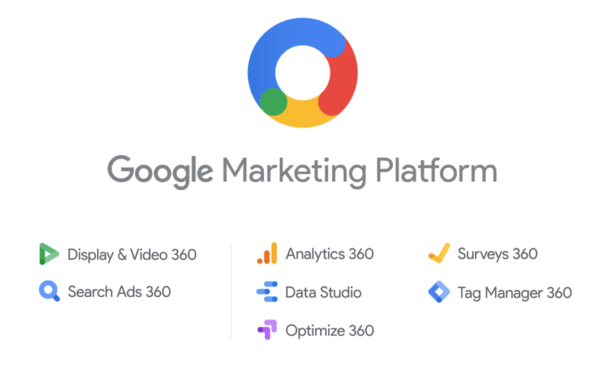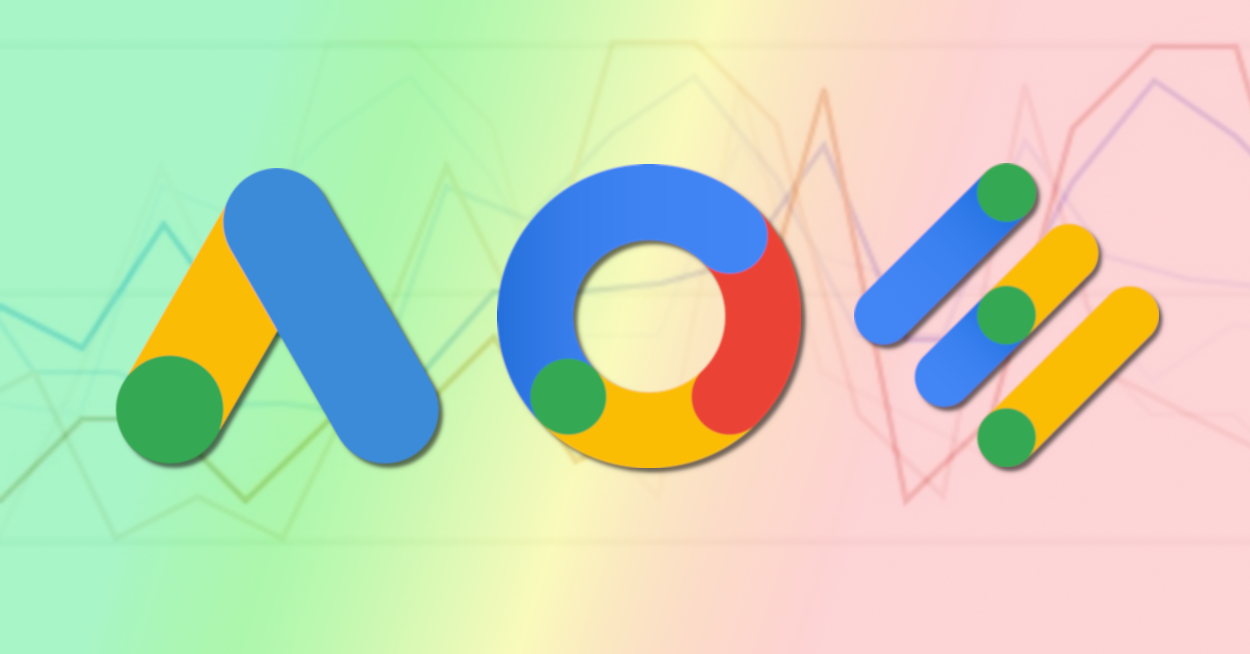With more users quickly shifting from looking for products to skimming content, watching videos, and more, marketers now have a plethora of options to connect with their target audience. Along with this change, Google advertisements have evolved to guide them on every stage of the consumer journey – be it on display, text, and video.
After 18 years, Google has finally decided to rebrand their core advertising products as part of its efforts to simplify its offerings. According to its recent announcement, its new solutions will make it easier for marketers to create valuable, relevant ads across devices and channels.
While Google is retiring its flagship products – AdWords and DoubleClick, there’s nothing to worry about. It will only consolidate its ad products under three new umbrellas.
- Google Ads replaces Google AdWords.
- Google Marketing Platform unifies Google Analytics 360 and DoubleClick Digital Marketing.
- Google Ad Manager merges DoubleClick Ad Exchange and DoubleClick for Publishers.
Farewell, Google AdWords. Hello, Google Ads!

While AdWords had evolved throughout the years, it remained synonymous with Search. This means many people still had no idea that their video, banner, and search creative come from the same platform. After all, when you hear AdWords, what usually comes to one’s mind? Words. Text.
Google hopes to end this confusion by simplifying the name of the platform: Google Ads. This brand aligns better with the core message they want to relay and leave the door open for future expansions.
So what’s new with Google Ads apart from its name? To further level the playing field for small and local businesses, it now offers Smart Campaigns. This is the default campaign type for new advertisers in the platform. Using machine learning and AI, it automates almost every process, from ad creatives to delivery optimisation. It fine-tunes your ads based on the goal you set and the product or service you advertise.
Work together in one place with Google Marketing Platform

To make it easier for enterprise customers to “plan, buy measure, and optimise digital media and customer experience”, Google provides them with a one-stop shop: the Marketing Platform. It combines DoubleClick and Analytics 360 so marketers can manage their audiences and assess results without having to go through complicated procedures.
This integration got its inspiration from advertisers who successfully merged the ads & analytics technology and seen positive results.
Google also launched a new feature called Display and Video 360. This tool allows creative, analytics, and digital teams to work efficiently and execute ad campaigns in one convenient location. It drives better results by fusing advertising data and workflows.
A complete ad platform – Google Ad Manager

Google Ad Manager brings DoubleClick for Publishers (DFP) and DoubleClick Ad Exchange (AdX) together in a unified programmatic platform. It addresses the traditional constraints of ad servers and Sell-Side Platforms (SSP).
This gives Google’s partners with more opportunities to increase their revenue by monetising new places where their potential customers are engaging, like mobile games, connected TVs, and platforms like Youtube. Ad Manager boasts more than 30 controls to ensure it meets your brand values.
Out with the old, in with the new
Online advertising is becoming way more complex as days go by, but thanks to Google’s new brands, you can enjoy a more streamlined marketing experience. While you may notice some small changes on the interface, rest assured that the core functionality remains the same. There’s no need for training or product migration.
Need help with your paid advertising campaigns? Be sure to work with a Google Premier Partner like DigitalMaas. We craft ads that pack a hefty punch, so you can acquire high-quality leads and multiply your sales in no time. For more information, contact us today.



